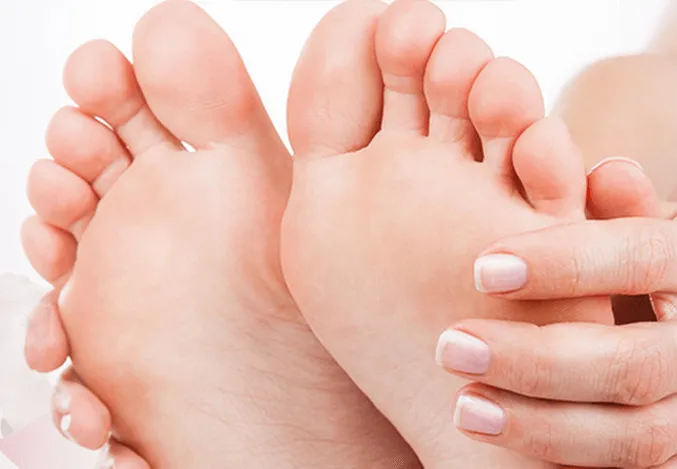Warts & Verrucas
Warts and verrucas might seem small, but they can cause discomfort, pain, or embarrassment. Many people feel self-conscious about how they look or worry about them spreading to other areas or other people. The good news is you don’t have to put up with them. We offer effective treatments you can use at home to help clear warts and verrucas safely and quickly. Explore our range below and start your journey to smoother, healthier skin, with fast UK delivery.

What are Warts & Verrucas
Warts and verrucas are small, rough lumps on the skin caused by the human papillomavirus (HPV). Warts appear on the hands, fingers, knees, or other areas, while verrucas are warts found on the soles of the feet. Although harmless, they can be uncomfortable or embarrassing—and they can spread if left untreated.
What causes Warts & Verrucas?
- Warts and verrucas develop when HPV enters the skin through tiny cuts or abrasions.
- The virus triggers excess growth of skin cells, forming raised, rough lumps.
- Warts can spread by direct skin contact or sharing towels, socks, or shoes.
- Verrucas thrive in damp areas like swimming pools or communal showers.
What do Warts & Verrucas look like?
- Small, hard, grainy bumps—flesh-colored, white, or yellow.
- Verrucas often have tiny black dots and may be painful when walking.
- Warts may be rough, smooth, flat, or form clusters (mosaic warts).
How to prevent Warts & Verrucas
- Wear flip-flops in communal showers or pools
- Avoid sharing towels, socks, or shoes
- Cover warts or verrucas with waterproof plasters when swimming
- Wash hands after touching warts to avoid spreading the virus
- Keep feet dry and change socks daily
How to treat Warts & Verrucas
Most warts and verrucas clear up on their own within months or years, but treatments can help remove them faster and prevent spreading:
- Salicylic acid treatments: Over-the-counter creams, gels, or plasters gradually peel away the wart.
- Cryotherapy: Freezing warts at a clinic using liquid nitrogen.
- Duct tape: Covering warts with duct tape for repeated cycles can help remove them.
- Minor surgery or laser therapy: Recommended only if other treatments fail, performed by a doctor.
- Chemical treatments: Prescribed by healthcare professionals for stubborn warts.
When to see a doctor
Seek medical advice if:
- Warts are painful or change appearance
- You have diabetes or a weakened immune system
- Warts spread quickly or return often
- Verrucas cause difficulty walking or severe discomfort
Can I buy Wart & Verruca Treatments online
Yes — you can easily buy trusted wart and verruca treatments online from Click Pharmacy. Order discreetly and enjoy fast UK delivery to start treating warts and verrucas at home.
How to order
Order your Warts & Verrucas medication in a few clicks. Ordering from us is easy, fast and discreet.
Free Online Assessment
Answer a few simple questions about your health.
Choose Your Medication
Our prescribers will review and guide you to the right treatment.
Fast Delivery
Once approved, your treatment is dispatched discreet packaging by next day delivery.